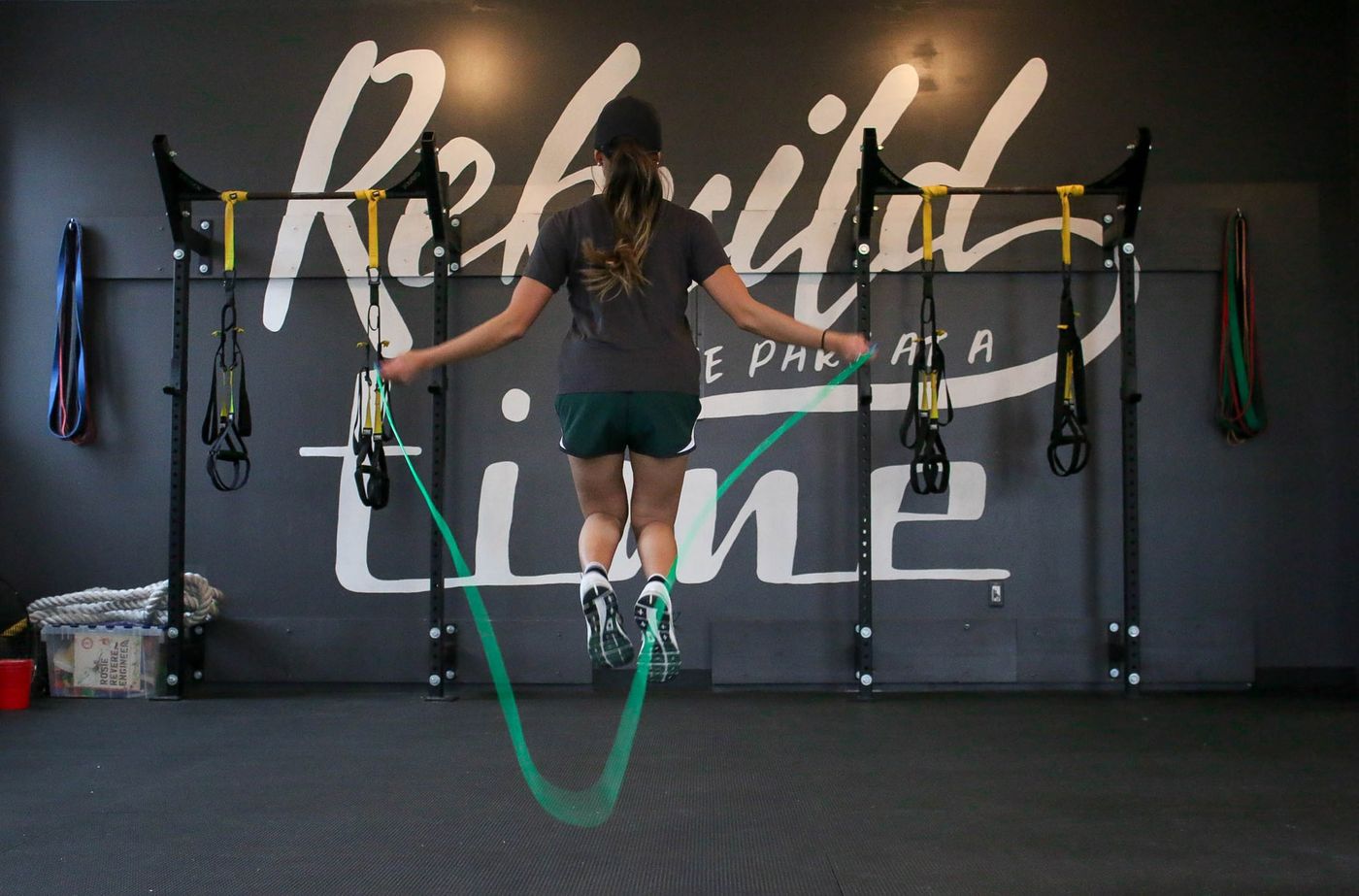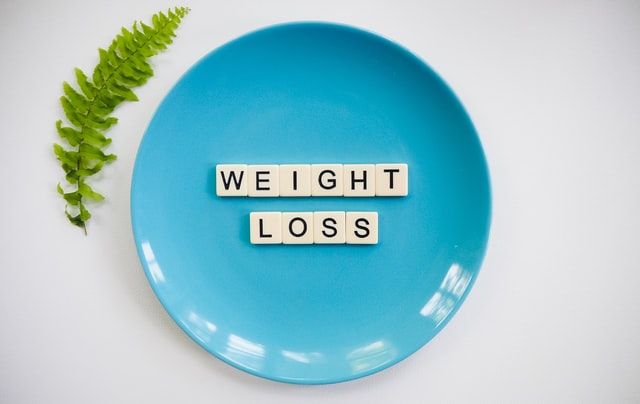
我是大衛先生,一個運動文字工作者同時也是健身的狂熱份子,不定時會撰寫健身及健康保健相關的文章,如果你也喜歡我的文章或是對你有一點幫助,也歡迎追蹤與打賞我!讓我有持續撰寫更豐富內容的動力(當然,也非常歡迎邀稿 banson19771814@gmail.com)
HIIT high-intensity interval training is the strongest not to burn fat, you are all wrong!
Anyone who has started exercising and wants to burn fat quickly must have heard of High Intensity Interval Training (HIIT)! But what is HIIT? HIIT is a type of exercise that combines high-intensity training and interval training. High-intensity and explosive exercises are called high-intensity training.

Through high-intensity exercise, humans make the muscles in the body feel fatigued, and then start to consume a lot of oxygen. At this time, the high-intensity exercise makes the body's oxygen consumption reach the maximum oxygen uptake (the maximum amount of oxygen that the body can consume during exercise). When , a mechanism called "After-burn Effect" will be activated. In simple terms, it allows the body to continue to consume oxygen after the body stops exercising, so it can continue to consume calories.
Interval training is to cross the exercise content in sections; for example: move-stop-movement-stop or high-intensity-low-intensity-high-intensity-low-intensity way, in short, the characteristics of this type of exercise are that through a short period of time Energy-intensive exercise combined with short breaks to reduce body fat rate.

Now that we've explained how HIIT is made up, let's take a look at what the World Health Organization recommends. The World Health Organization (WHO) now recommends that "adults aged 18-64 should complete at least 150 minutes of moderate-intensity aerobic activity in a week, or at least 75 minutes of vigorous aerobic activity in a week, or moderate aerobic activity. An equivalent combination of intensity and vigorous exercise.”, although the World Health Organization still recommends “300 minutes of moderate-intensity aerobic activity per week or 60 minutes of aerobic exercise 5 times per week”, it is encouraging to , high-intensity training is starting to receive the global attention it deserves.
Features of High Intensity Interval Training HIIT
You need to know that high-intensity interval training combines short and high-intensity bursts of exercise, repeating high-intensity and low-intensity phases in a short training session of 15-20 minutes, and its maximum heart rate is 85- 100% instead of 50-70% of moderate training activity. Essentially, this exercise can be performed anywhere and for any type of exercise and training. A major benefit of high-intensity workouts is that they can be done at home with no or minimal equipment, e.g. bikes can also do this maneuver, you can cycle at maximum speed for 20 seconds then easy for 20 seconds; then repeat This cycle is 10 to 20 minutes.

2 Benefits of High Intensity Interval Training
When we all know that High Intensity Interval Training (HIIT) is excellent for fat burning and explosiveness, what else does it do for our bodies? The following two benefits are exactly what it brings!
1. Can help anti-aging
According to the 2012 annual meeting of the European Society of Cardiology, the following highlights are highlighted:
- There is a direct relationship between physical activity and life expectancy.
- Exercise activates telomerase, a well-known anti-aging enzyme.
- A single workout activates telomerase in circulating cells.
High-intensity interval training increases telomerase and decreases expression of p53, a very interesting human protein that contributes to premature aging and tumor suppression.
2. Balance 3 key hormones
Aside from the anti-aging benefits, the most important benefit of high-intensity interval training is that it effectively helps balance the 3 hormones responsible for weight gain and unhealthy eating habits.
growth hormone
Growth hormone (Ghrelin) is the hormone responsible for long-term weight gain and short-term eating habits; also known as munchies, also known as hunger hormones, it is mainly secreted in the stomach, small intestine and colon and is considered to be the only one that can stimulate appetite hormone. The secretion of ghrelin starts when our stomach is empty; it stops when we are full. It can act on the brain cells of the hypothalamus to increase hunger, and can promote gastric acid secretion and increase gastrointestinal motility to digest food. Ghrelin can also activate the dopamine reward mechanism of the mesolimbic system, making eating a happy activity.

Leptin
Leptin is called the hunger hormone! Because it makes you feel full by telling your brain that you are eating enough food, leptin is key to keeping your energy levels adequate. Normally, your fat cells produce enough leptin to maintain important cellular functions and the internal energy balance required for proper weight management, but typically, when people initially gain weight, their blood leptin levels increase, and Can cause weight loss because their bodies feel "full" when they eat. However, when people ignore these warning signs and go beyond their comfort level, they become "leptin-resistant" which contributes to further weight gain and obesity.

testosterone
In theory, high-intensity interval training would have a seesaw effect on these two key hormones that normally counteract each other; but would promote equally desirable weight loss. The question is, is the amount of leptin produced as a result of HIIT sufficient to counteract the ability of testosterone to slow leptin release? According to a study published in the Journal of Endocrinology, the answer is yes! Clearly high-intensity training promotes a very unique environment in which leptin is relatively unaffected by elevated testosterone negatively, as there is no relationship between the two that can be clinically tested. With high-intensity interval training, you'll reap the benefits of two weight loss-boosting hormones!
In addition, health and exercise science researchers at the University of Bath in the United Kingdom showed that various hormone levels in people who participated in high-intensity interval training caused: Ghrelin decreased after 30 minutes of recovery and caused a growth hormone tilt, suggesting that HIIT training is in addition to Ghrelin and leptin also affect other hormones, and from many studies, HIIT will be very effective in suppressing appetite and weight gain hormones.
I'm Mr. David! If you like reading my articles or think they are helpful to you, please follow me and give a like!
Like my work?
Don't forget to support or like, so I know you are with me..
Comment…